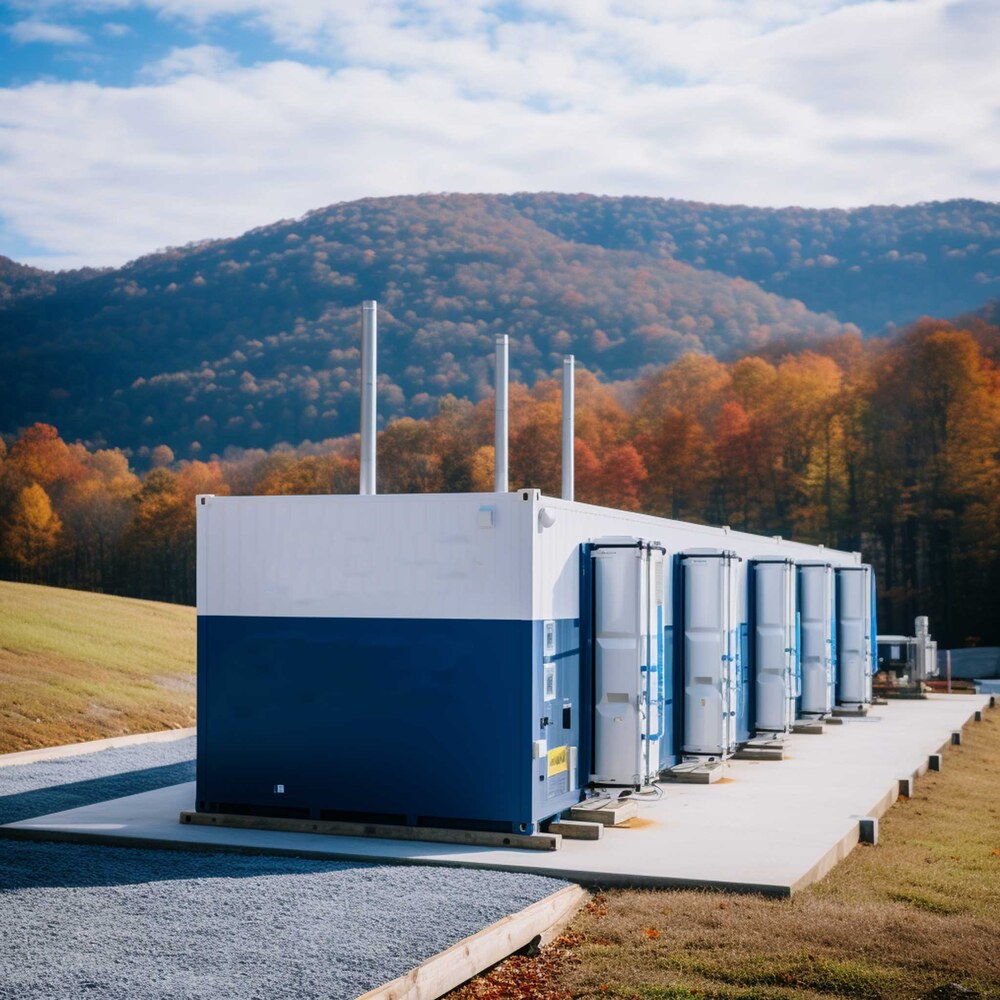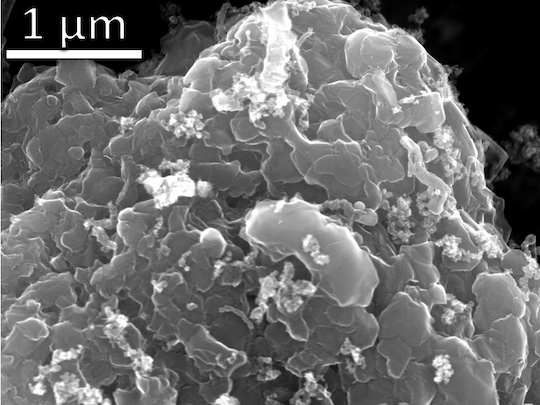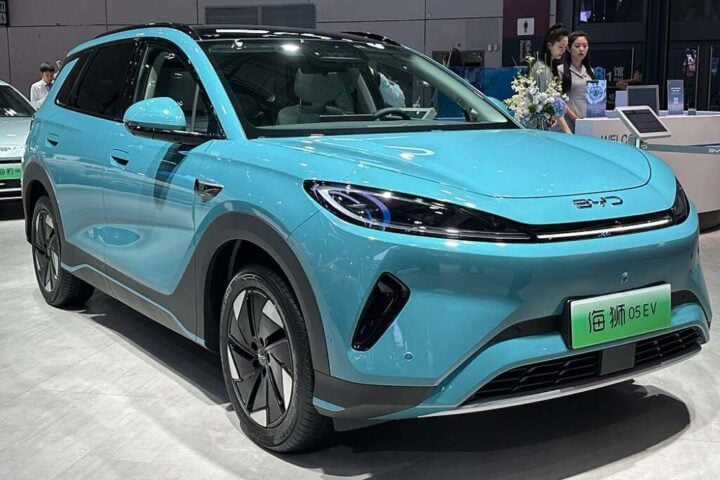TRC Companies, Inc., a front-runner in environmental engineering and consulting, recently announced its collaboration with the Department of Energy (DOE) to develop a multi-state clean hydrogen hub, marking a significant stride in the nation’s journey toward sustainable energy solutions. This initiative, known as the Appalachian Regional Clean Hydrogen Hub (ARCH2), aims to establish Appalachia as a key player in the clean hydrogen economy, leveraging the region’s abundant natural resources and industrial prowess.
“TRC’s commitment to innovation began over 60 years ago, and we’re excited to bring this spirit to the ARCH2 initiative,” stated Christopher Vincze, Chairman and CEO of TRC. “This collaboration isn’t just a win for the environment; it’s a boon for the Appalachian economy, promising good-paying jobs in a sector ripe for expansion.”
The project, steered by the DOE’s Office of Clean Energy Demonstrations, underscores the critical role of hydrogen in achieving a decarbonized energy future. Hydrogen, particularly green hydrogen produced through renewable energy sources, has been lauded for its potential to significantly reduce carbon emissions, a vital step in combating the escalating climate crisis.
Denise Brinley, TRC’s Vice President and Hydrogen Market Leader, emphasized the transformative potential of hydrogen hubs. “These hubs are pivotal in promoting hydrogen as an affordable, clean energy source,” she remarked, highlighting the project’s national significance.
The ARCH2 consortium isn’t without challenges. Appalachia’s energy sector has historically been dominated by fossil fuels, and transitioning to hydrogen will require substantial investments in infrastructure and workforce development. Additionally, while hydrogen is a cleaner fuel, its production, especially blue hydrogen derived from natural gas, involves carbon emissions that must be meticulously managed, often through carbon capture and storage (CCS) technologies.
Similar Posts
This isn’t the first time the energy industry has eyed hydrogen with interest. Similar projects, like the Hydrogen Energy Supply Chain (HESC) pilot in Australia, have explored the logistics of producing and transporting hydrogen. However, the ARCH2 project stands out for its regional focus, aiming to revitalize Appalachia’s local economy through clean energy jobs.
The initiative also draws on historical precedents. The U.S. has previously witnessed shifts in its energy landscape, such as the boom in natural gas production due to hydraulic fracturing technology. These instances offer valuable lessons for current endeavors to promote hydrogen as a mainstay in the energy mix.
Statistics further bolster the case for hydrogen. According to the Hydrogen Council, hydrogen could meet 18% of the world’s energy demand by 2050, with the potential to reduce annual CO2 emissions by roughly six gigatons compared to today’s levels.
As TRC Companies embarks on this venture, the stakes are high, but so are the potential rewards. Success could establish Appalachia as a leader in the burgeoning hydrogen economy, providing a replicable model for regional energy transitions across the globe.
“TRC is ready to drive this change, deploying our cutting-edge, eco-conscious solutions to advance hydrogen’s role in a cleaner, safer energy landscape,” Vincze affirmed, signaling a future where innovation and sustainability go hand in hand.


















